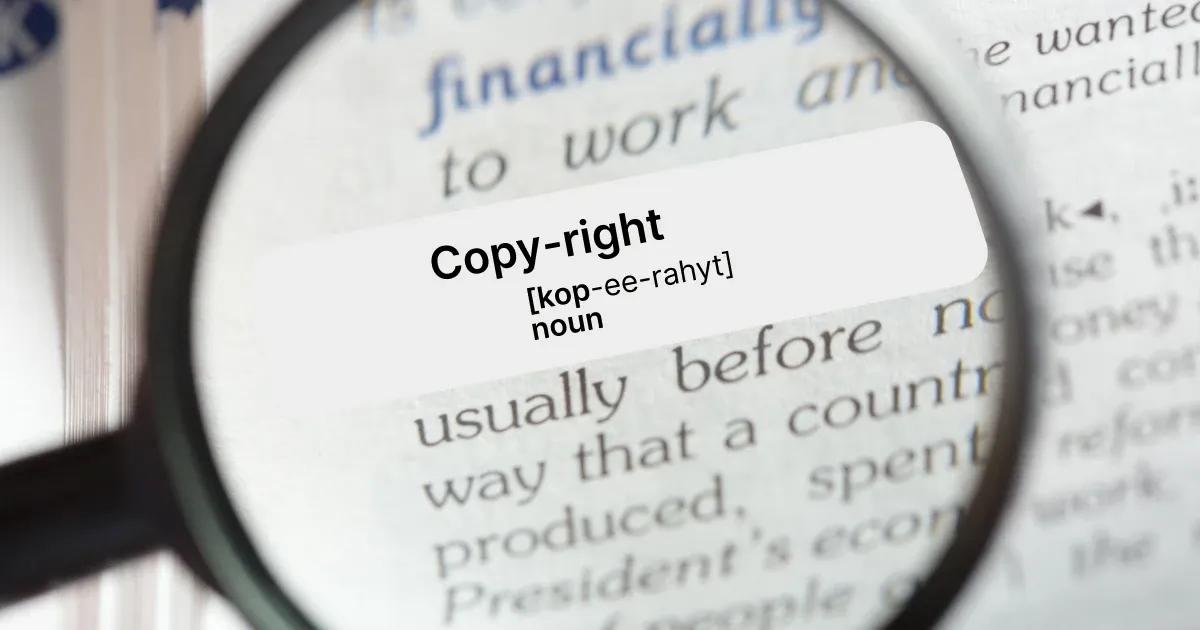As the old saying goes, content is king. That is still true today. But matching the sheer amount of content others are putting out is becoming more and more difficult.
Some sacrifice quality and churn out automated content, with disregard for SEO and more importantly the readers. On the other hand, others resort to a tactic called article spinning. What is article spinning, you ask?
That’s what we will talk about in this guide. From how spinning content or articles impact SEO, to what you can do about it, this piece is going to give you all you need to know. Let’s get started.
ᴀᴅᴠᴇʀᴛɪsᴇᴍᴇɴᴛ
What Is Article Spinning?

Article spinning is rewording existing content to seem like new content - so, you are “spinning” the content. This is done by using synonyms of words, reorganizing paragraphs, or even the structure to keep the original meaning content but make new variations.
As you might guess, this is quite the time (and money) saver. Spun content does not have to come up with a new angle or idea. The work is already done, you just have to reword it. Many use this to generate easy backlinks for their private blog networks (PBNs).
The popularity of new generative AI models like chatGPT, and Google’s Gemini and the flood of AI slop flooding the internet might make it seem like spinning articles is a new phenomenon.
However, this practice has been there for a while. During the 2000s, simple tools would easily rephrase content to make it seem new. Although, the output would be hilarious sometimes.
If you were a bit more serious, you would hire writers to rewrite the content, or do it yourself to save time and money. But you would have still simply repackaged the same content at the end of the day. Not much value is provided.
How Do You Spin Content?

You have two ways to spin content - hire human writers, or use automated article spinning tools. Human writers usually also use a mix of manual writing and tools.
Automated tools rely on a handful of spinning techniques to bypass plagiarism checkers. For example:
1. Replacing Synonyms
The most basic spin involves swapping words with their synonyms. The word “fast” becomes “quick,” and “optimize” turns into “enhance.” This is called spintax. You have a list of synonyms, of a word, and the tool picks one from them.
2. Sentence or Paragraph Restructuring
Advanced tools can reorder clauses, switch active to passive voice, or merge short sentences into longer ones to add for variety. Entire sentences or chunks of text can be rearranged, giving each version a slightly different flow.
3. Rogeting
This technique is at least somewhat interesting. Rogeting is a technique where instead of replacing a word for its most obvious synonym, a tool will pull distant but related words off of Roget’s Thesaurus.
This makes it less obvious that the content was spun. But this process often backfires if you leave it completely automated since the replacement word might not fit the context at all!
ᴀᴅᴠᴇʀᴛɪsᴇᴍᴇɴᴛ
Article Spinning Can Negatively Impact Your SEO

Search engines have grown much smarter. Google for example wants to rank high quality content. And if it detects that your site has low quality, or spun content that does not provide any real value, it might lower your rankings.
Spinning can seem like a dream for publishers. You can create dozens of new posts in a short period of time. However, as with many things, there are downsides and upsides to spinning content.
Also, you might inadvertently create duplicate pages if you just spin content on your site. Duplicate content is a particularly big risk for your SEO. Google will get confused on which page to rank and might not rank either.
So, spinning articles can negatively impact content quality and your SEO:
- Awkward phrasing and coherence gaps
- High risk of being slapped with duplicate content penalties
- Potential brand damage if readers spot the churning
- Extra human editing often needed to salvage readability
Check out Google’s spam policy to get a better understanding about why content quality matters.
Is Content Spinning Legal?

Spun content is a tactic many use when they have a private blog network since it has some clear pros like:
- You can create content quickly when you don’t have to start from scratch.
- Bulk output for private blog networks or filler pages
- Lower costs compared to hiring writers
Technically, spinning content is legal and there is no explicit law prohibiting it. However, if you are spinning other’s content without making enough change, you could be plagiarising your competitors. That is illegal, and they might file copyright infringement cases.
What To Do Instead Of Spinning Articles
If you want to get out of the legal ambiguity of spinning content, there are a number of things you can do instead. These will also improve rankings and result in better content quality:
- Come up with a different angle: Cover the same topic, but bring a unique angle. This will make your content new and give some value as well.
- Optimize existing content: Instead of spinning a content entirely, you can always repurpose and optimize your content. Whether it is including media, or changing up the formatting, editing existing content and bringing new life into old content.
- Republish content: This will be a bit more labor intensive. You can rewrite the article from scratch using online tools along with human writers to make sure you have perfect grammar. This technique is great for content that is not ranking on SERPs.
- Leverage user generated content: Using user generated content will take a lot of pressure off your hands.
- Create a cohesive content strategy: Instead of simply spinning other’s content, it is better to think long term and create a sustainable content strategy.
ᴀᴅᴠᴇʀᴛɪsᴇᴍᴇɴᴛ
Conclusion
Article spinning and automated article spinning tools might look like a shortcut to content volume, but they sacrifice quality and SEO. Despite this, many still are spinning content and they also get away with it.
That does not mean you should. It is a big risk and can massively backfire. A long term strategy would be original, high quality content. Only spin content when there is very low impact. At the end of the day, search engines and readers like high quality content.






